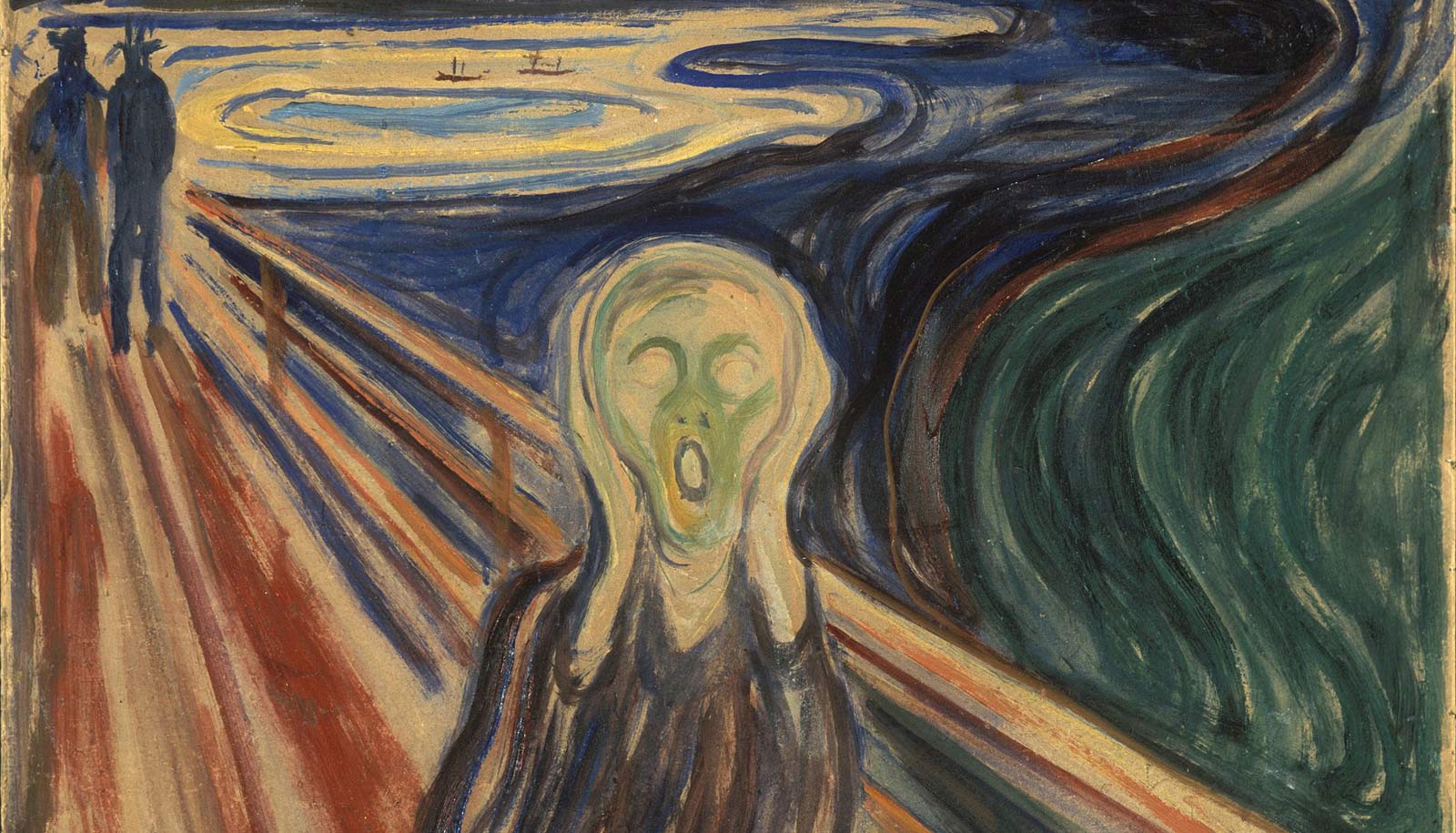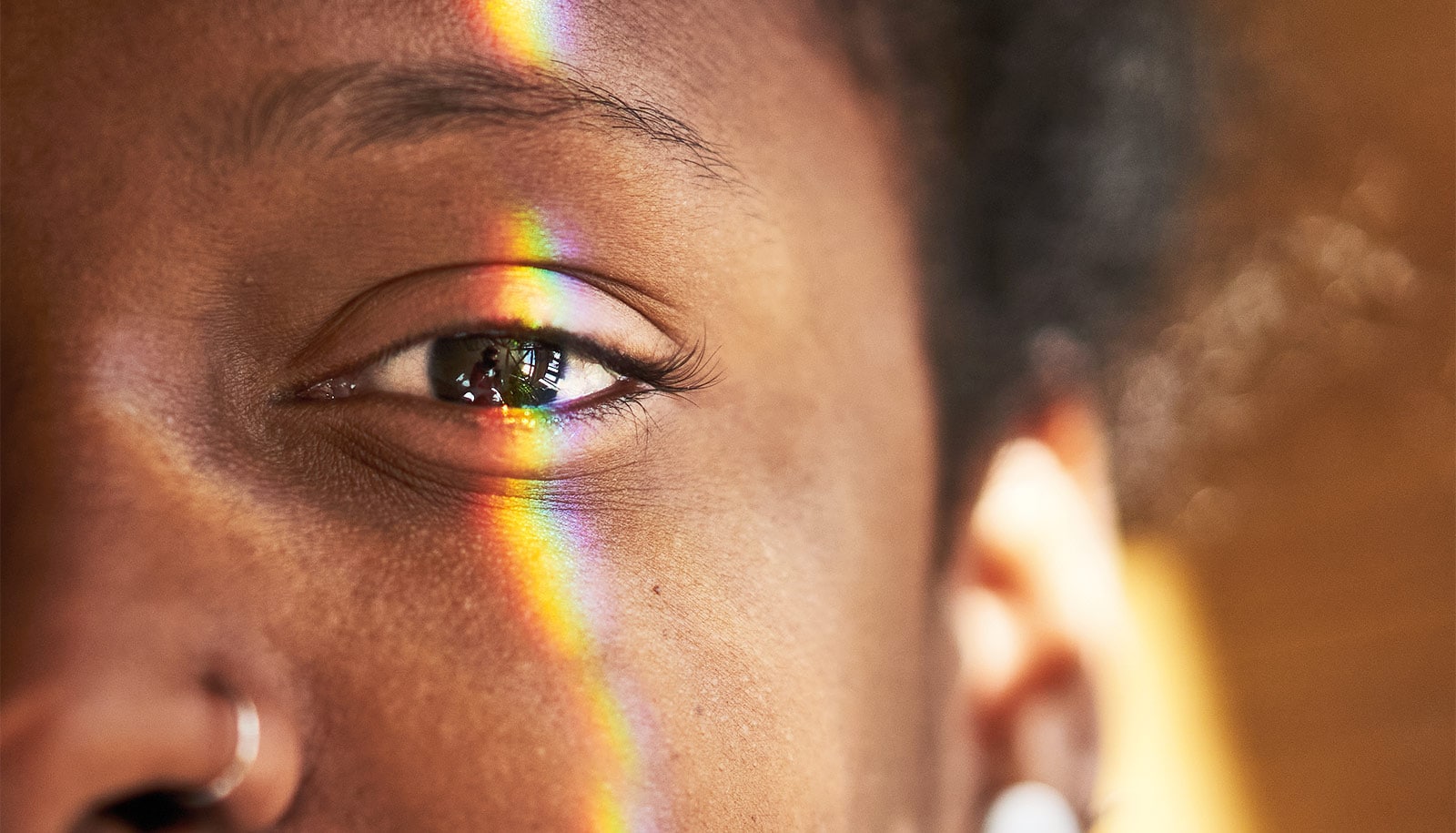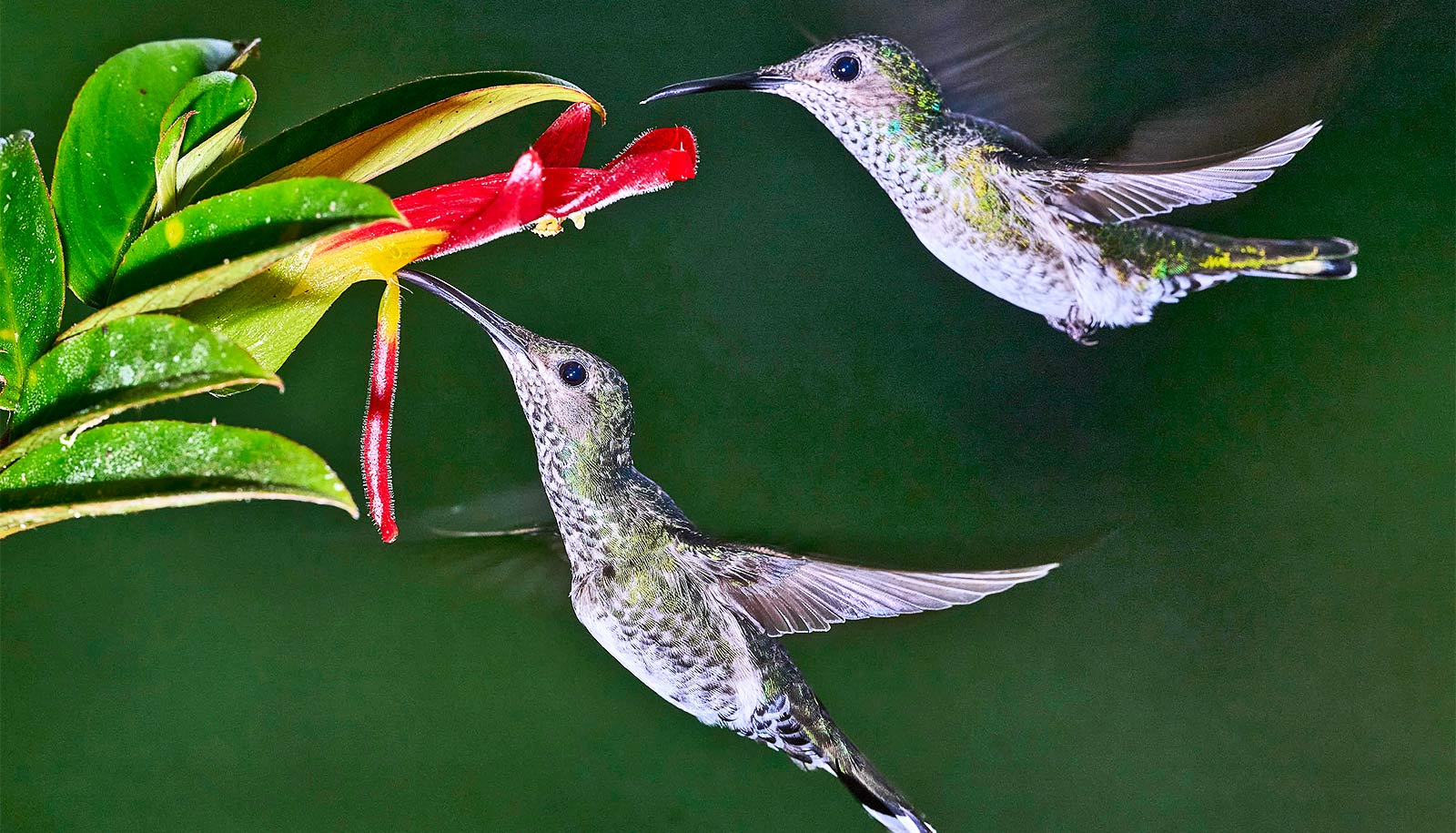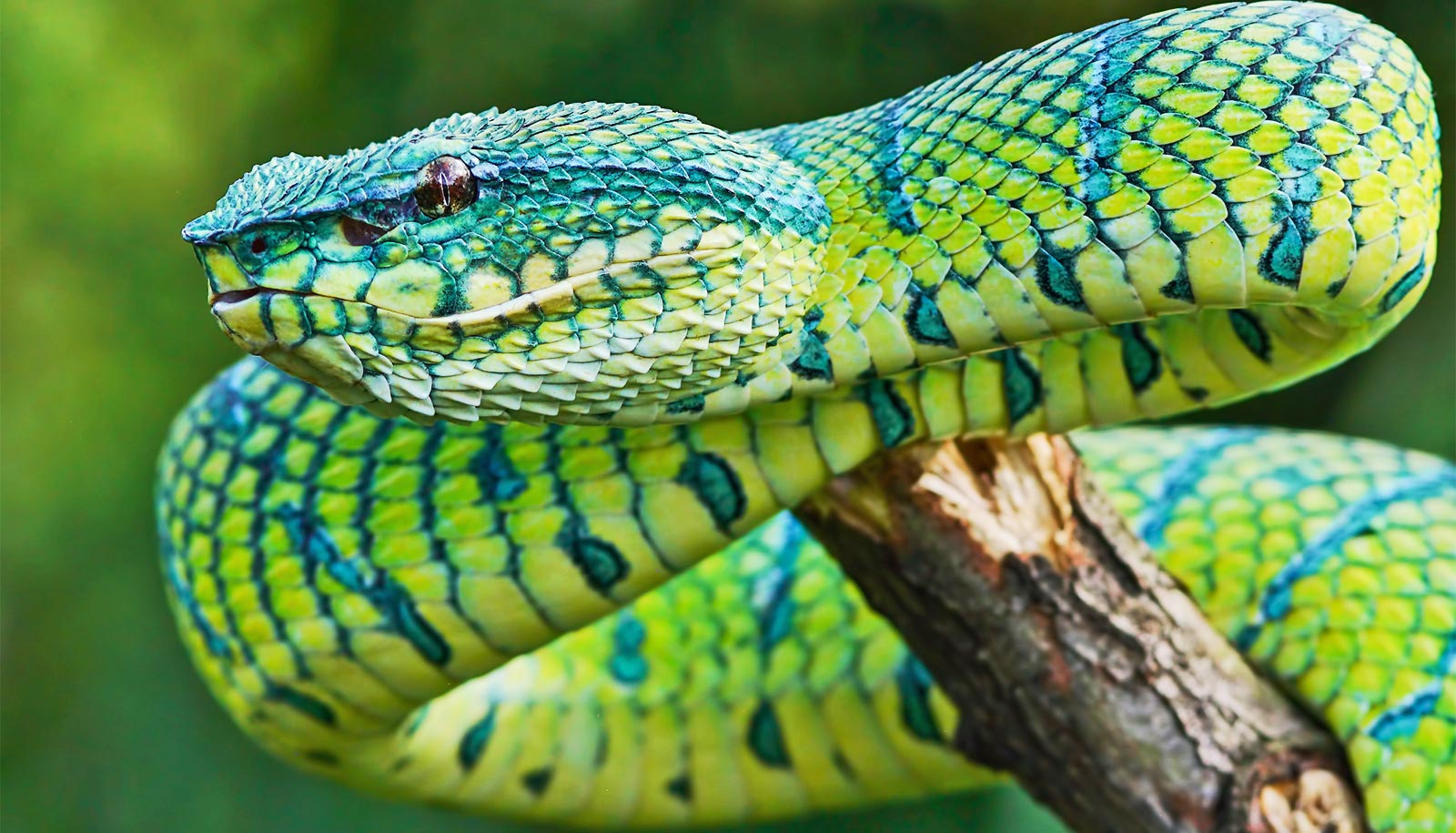Scientists may finally have an answer as to what led to the red-and-yellow sky in Edvard Munch’s painting The Scream.
“What’s screaming is the sky and the person in the painting is putting his or her hands over their ears so they can’t hear the scream.”
Some say his inspiration was a volcanic sunset after the 1883 Krakatau eruption. Others think the wavy sky shows a scream from nature. Now, a new theory points the finger at nacreous, or “mother of pearl” clouds, which are visible in southern Norway.
“What’s screaming is the sky and the person in the painting is putting his or her hands over their ears so they can’t hear the scream,” says Alan Robock, professor of environmental sciences at Rutgers–New Brunswick and coauthor of the study in the Bulletin of the American Meteorological Society.
“If you read what Munch wrote, the sky was screaming blood and fire.”
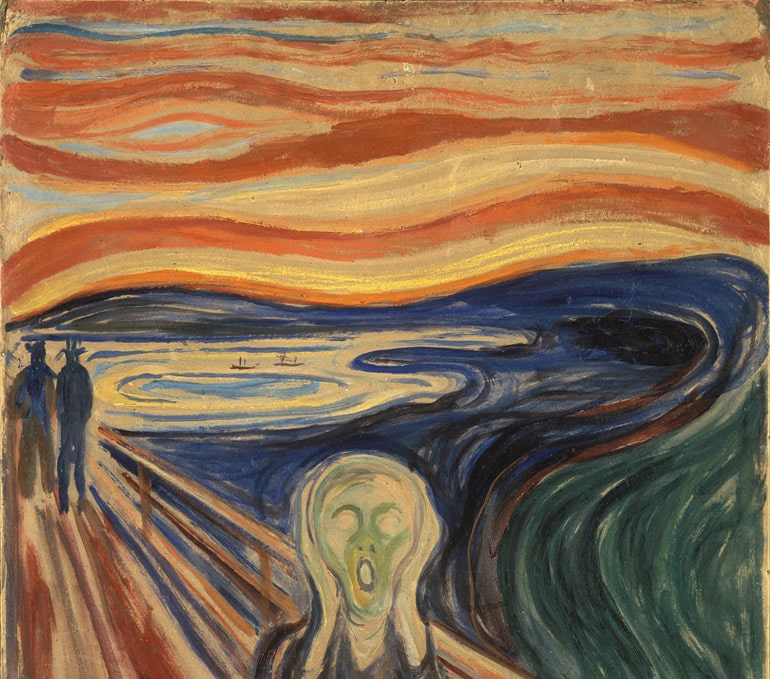
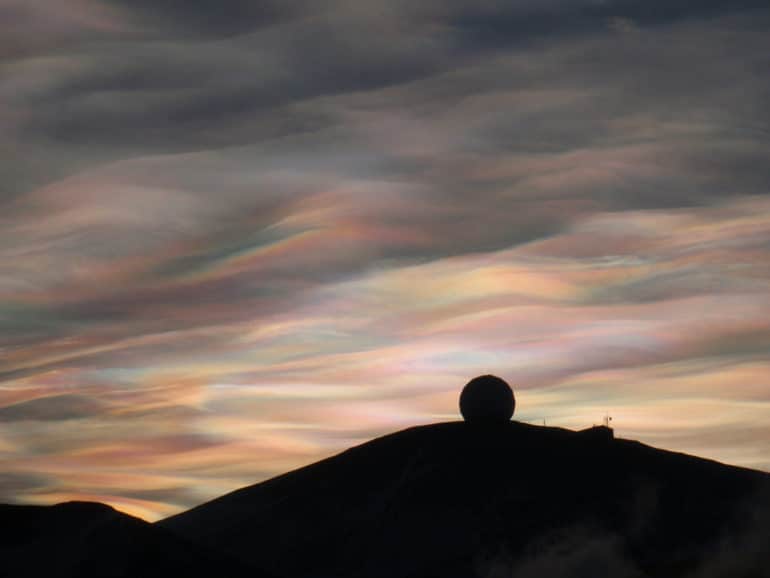
There are four known versions of The Scream: an 1893 tempera on cardboard; an 1893 crayon on cardboard; an 1895 pastel on cardboard that billionaire Leon Black bought for nearly $120 million at auction in 2012; and a tempera on hard cardboard thought to have been painted in 1910.
Iridescent light from below the horizon illuminates polar stratospheric clouds, also known as nacreous clouds. The sky colors and patterns in Munch’s paintings match sunset colors better when nacreous clouds are present versus other scenarios.
‘Blue Period’ Picasso hides this other (sideways) painting
The study builds on a 2017 paper that also proposed nacreous clouds. The new study provides a more detailed and scientific analysis of Munch’s paintings, focusing on photographs of volcanic sunsets and nacreous clouds and analyzing the color content and cloud patterns.
If the new analysis is correct, Munch’s art is one of the earliest visual documentations of nacreous clouds, researchers say.
Robock and others have previously proposed that a volcanic sunset inspired the painting, and he still thinks that’s possible.
“We don’t know if Munch painted exactly what he saw,” Robock says. “He could have been influenced by the Krakatau sunset and nacreous clouds and combined them.”
Source: Rutgers University
